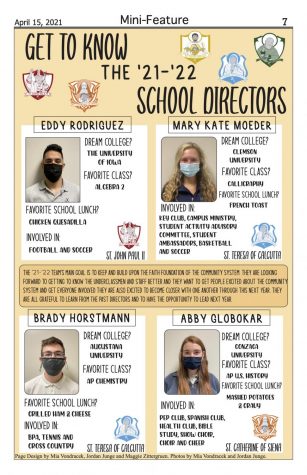The murders of cabin 28
March 11, 2020
If you traveled down a long winding road through a dark forest in Keddie, California, you would come across the remnants of a cabin that once stood. Broken tiles, cracked cement from the foundation and chipped wooden panels lay haphazardly along the ground, similar to that of the gory sight, which laid there decades previously. On the terrible night of April 12, 1981, four people met death much too soon at the hands of an unknown killer. But to catch a killer is an art that cannot be manipulated without rupturing justice, and, unfortunately in this case, police made this art difficult to perform.
She looked at the walls above, below and around. Blood. Blood everywhere. Unsuspecting teenage daughter Sheila Sharp had come home after spending the night at a neighbor’s cabin to discover her mother, Sue Sharp, her brother, Johnny, and his friend, Dana Wingate, all tortured and murdered with electrical wire tied around their wrists and ankles. This image being too much to bear for any reasonable person, her mind began to rush thinking of what to do next. She decided to check in on her two brothers, Greg and Rick, with their friend, Justin Smartt. Much to anyone’s surprise, they all lay peacefully asleep as if nothing had happened just a few feet away from where their very heads dreamt. There was one more issue though: 12-year-old Tina Sharp was missing.
As police flood the gruesome scene haunting this small town, evidence and names fluttered through their hands and minds as each officer made a judgment on what they had seen. Sluggishly, they hesitated to name any suspects. The case went cold. No one was arrested.
Years later on the third anniversary of the murders, however, a man picked up the phone and dialed the local police department. His voice was steady yet anxious as he delivered a specific location. 50 miles away from Keddie, Tina Sharp’s skull was found. The police neglected the ability to voice analyze the man, leaving the case cold once more.
Suddenly, hope arised. In 2013, a new Sheriff, Greg Hagwood, reopened the case. Suddenly, things began to unravel with one question: why were the three boys spared? Justin Smartt was the only one spared that was not related to the family. To make things even more convincing, Justin’s father was not on good terms with Sue Sharp after she attempted to counsel his wife on leaving an abusive marriage, just as she had done. He also had an ex-con roommate named Bo Boubede that could help him carry out the sinister act.
With all of this information it would be difficult to suspect anyone else but Marty. Therefore, how could the police not follow the leads pointing towards him? After Hagwood investigated further, he found boxes of evidence pointing toward Marty, including a letter of confession to his wife, a report of him confessing to a psychiatrist and a hammer used at the crime scene that belonged to him. Although some believe the police department was just being naive, it is evident there was a cover-up.
The mystery behind the Keddie Cabin Murders is more intricate than it seemed at first, but with a new sheriff and detective on the case, a ray of hope shines for the victims that justice will trump the activities of the previous investigation. Both the perpetrators and the clear cover-up should be righteously exposed for what they truly are. Although decades went by hiding this injustice and it was easier to let the case rest, justice will hopefully by shone upon the victims. As Sheila Sharp stated in 2013 to reporters, “Finally I have someone who cares.”













